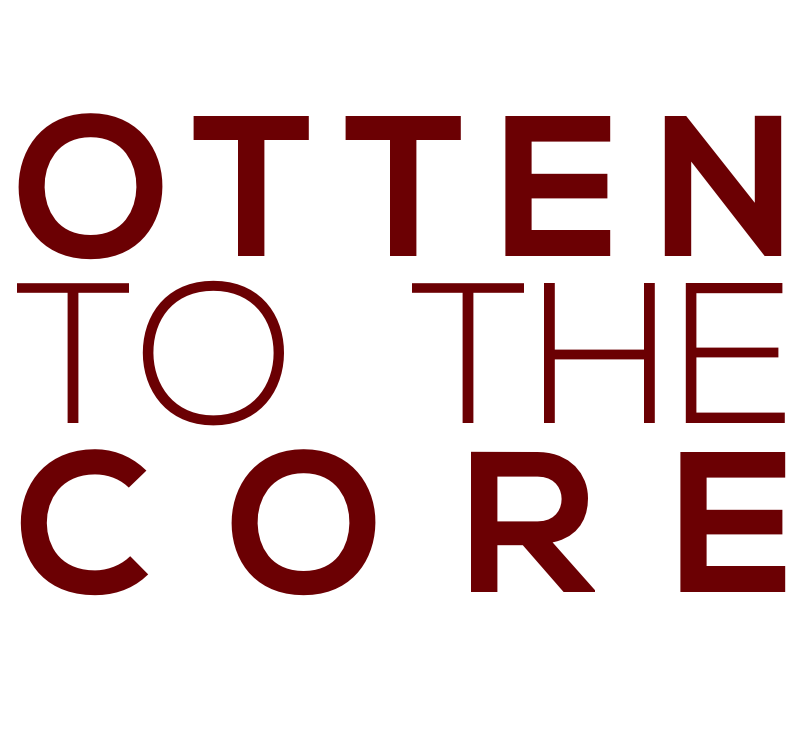Design the physics
There has been a great deal of discussion recently on the upsides and downsides (mostly downsides) of skeumorphic design, especially in reference to the user interface design of Apple’s iOS. Skeumorphic design, as applied to software design, is the practice of designing a software object utilizing the design of the physical object directly.
For example, in iOS, the Apple’s Contacts application simulates the look of a real leather bound address book the you might have at your desk or next to the phone in your kitchen (Are there still people who use hardlines?).
Another example is the iOS application called Retro Boombox Stereo Music Player, which is a digital boombox that looks like a real boombox.
Both of these apps utilize skeumorphic design, but with very different and critical consequences as it’s relates to the user’s interaction with the apps.
Contacts utilizes skeumorphic design in the aesthetics of the software, the “look and feel”. This, like all aesthetics, is neither “good” nor “bad”; rather it’s only “favored” or “unfavored” by the users.
Conversely, Retro Boombox Stereo Music Player utilizes skeumorphism to design a function of the “hardware”. I’m giving spoiling the ending here somewhat, but as you might have guessed, this is very“bad”.
But why?
The argument in favor of skeumorphic design in software is that provides a certain familiarity to the user, reducing the need for training or instructions. The problem with this approach is that it is not necessary to limit the design of software to the obvious limits required when designing hardware. The action of turning a dial in the actual world to increase the volume of your stereo is very intuitive and easy to accomplish using your hands. The same action of “turning” a dial in software is very unintuitive and difficult using your hands (and don’t even get me started on doing that with a mouse). The hardware dial was originally designed as a dial because of the nature of what it meant to turn up the volume; you were literally turning a potentiometer that altered the output voltage. (Linear potentiometers achieve the same voltage change through a different action and can be just as intuitive; they have similar issues when simulated in software.) The design of the control was really a consequence of the physics inherent in the action (voltage change). Good hardware design is based on the physics of the desired action.
The addition of software, however, adds a layer of abstraction from the physics on top of the hardware. However, it doesn’t change what makes for a good design. Similarily to good hardware design, good software design is based on the physics of the desired action. Bad software design, in this case skeumorphism in the design of a function, is based on the *hardware* of the desired action.
And just so you don’t think that Apple has been completely innocent when it comes to the use of skeumorphism in a terrible way, check out the volume knob on Quicktime 4.0 player (although it’s all pretty bad). It’s in the Interface Hall of Shame.
Quicktime 4 Player
So:
Skeumorphism as an aesthetic choice = neither good nor bad
Skeumorphism as an way to design the functionality of hardware = very bad
By the way, Steve Jobs, former CEO of Apple, knew a little something about how good design is based on physics, as he demonstrated by this quote from a 2006 Wired article.
"Most people make the mistake of thinking design is what it looks like... That's not what we think design is. It's not just what it looks like and feels like. Design is how it works."



